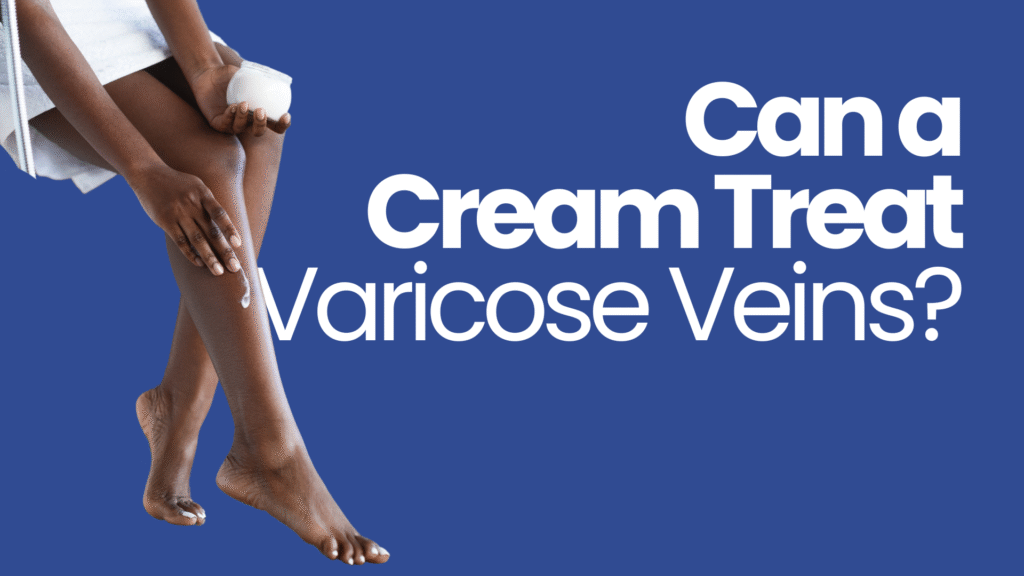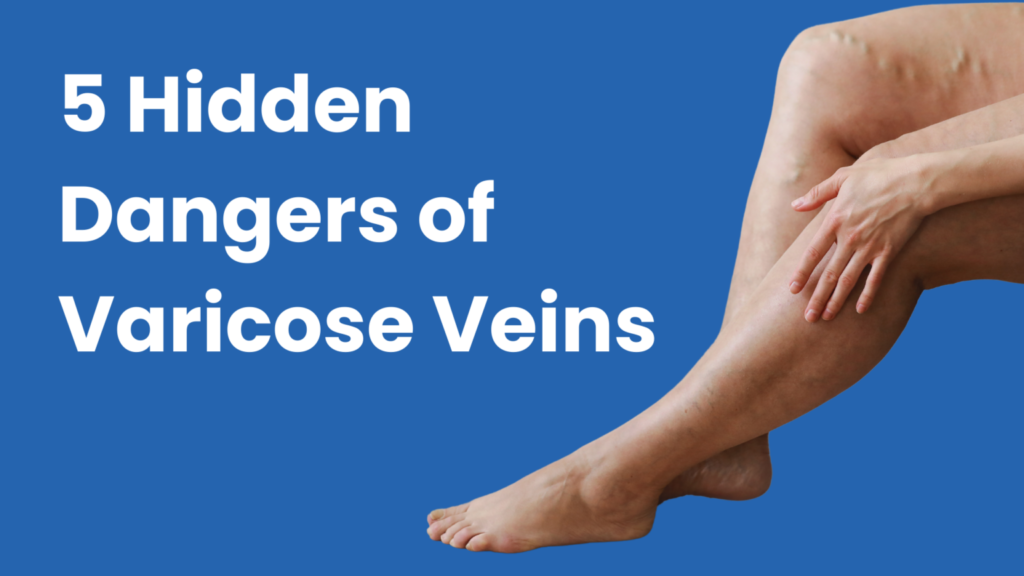The human body contains a whopping 60,000 miles of blood vessels that need to function well to deliver oxygen and nutrients. One of the best ways to keep this vast network humming along is to exercise, which can ward off serious issues like cardiovascular disease, as well as more minor issues like varicose veins.
If getting healthy through exercise is top on your list of new year’s resolutions, Dr. Ariel Soffer and the team here at Soffer Health Institute applaud this decision, and we want to help. The benefits of exercise are almost without limits, and it can do wonders for warning off vascular problems.
Let’s take a look.
Your best defense against cardiovascular disease
Nearly half of adults in the United States have cardiovascular disease, which is a highly concerning statistic. Rather than focus on this statistic, we want to draw your attention to a more positive one — 90% of heart disease is preventable through healthier eating, exercise, and quitting smoking.
When it comes to your vascular health, regular exercise promotes better circulation, reduces blood pressure, and prevents plaque buildup in your arteries. Additionally, regular exercise helps regulate the levels of glucose in your blood, which can help prevent diabetes.
Your blood needs to flow freely throughout your body in order to deliver oxygen, and exercise is the best way to make this happen.
Promoting better circulation in your legs
While exercise for your overall cardiovascular health is paramount, getting up and moving also helps to promote better circulation in your legs. The veins in your legs are responsible for delivering blood back to your heart and to your lungs for oxygen, and these veins rely on valves, as well as surrounding muscles, to push the blood back up.
Through exercise, you keep the muscles and valves in your legs strong, which can help prevent vascular issues like varicose veins.
How much you should exercise
The CDC recommends that adults get at least 150 minutes of physical activity a week, which is just 30 minutes, five times a week. We recommend that this physical activity really gets your heart rate up, which means rather than taking a leisurely stroll, try incorporating some hills or maybe some running.
There are many ways to get your heart rate up, includeing physical activities like cleaning your house or doing some gardening.
Better still, you should add some strengthening exercises to your aerobic activity twice a week and make sure you tackle all of the major muscle groups, including your:
- Thighs
- Calves
- Buttocks
- Back
- Arms
- Shoulders
While you can find equipment at a gym that targets these areas, simple lunges, squats, and push-ups are great at-home strengthening exercises. As well, yoga is a great practice as it focuses on strengthening, flexibility, and balance.
To help you formulate the best exercise regimen for your needs, we invite you to come in for a full evaluation of your vascular health. To get started, contact one of our offices in Weston, or Aventura, Florida, to set up an appointment.



